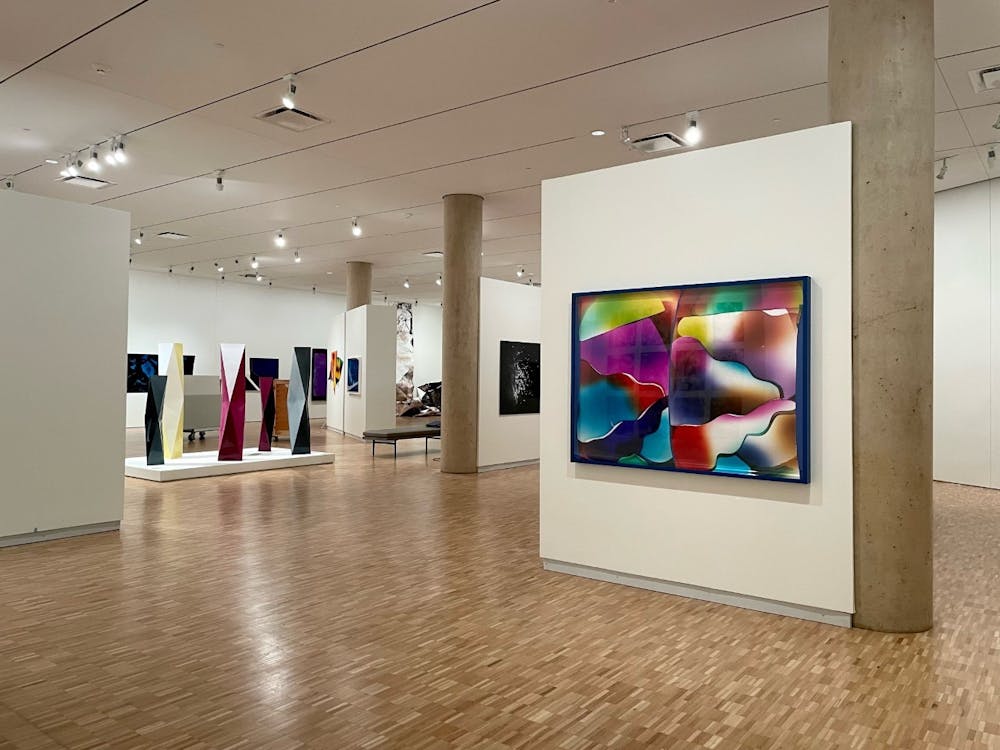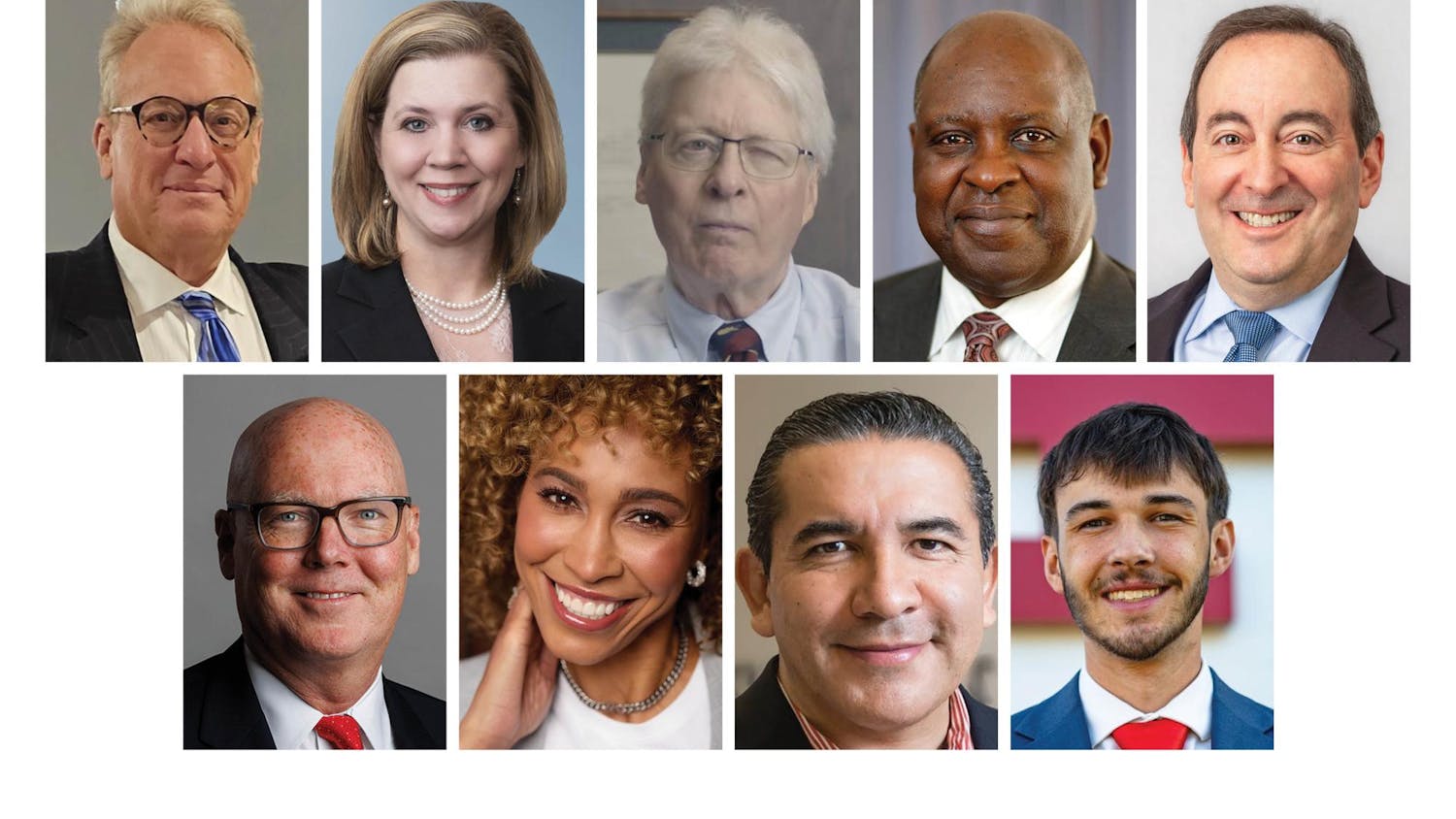“Direct Contact: Cameraless Photography Now” is set to open at the Eskenazi Museum of Art as a temporary exhibit at 10 a.m. Thursday. It will be open to visitors every day during museum hours until 5 p.m. July 2.
The exhibit will feature “cameraless photography,” a form of art pioneered by IU’s Henry Holmes Smith where photographs are taken without the use of a camera. In short, the photographs are a reaction caused by different materials and light on photo paper.
Beyond his work as the first professor of photography at IU, Smith is well known as an innovative photographer. His archive is a part of Eskenazi’s permanent collection.
Related: [A basement, a band and a burning couch: the night that changed the Bloomington music scene]
Kim Simpson, a docent at Eskenazi, explained that in the beginning of Smith’s journey with cameraless photography, he experimented with dropping things like water and corn syrup onto photopaper. Smith developed on this and inspired other artists with his work until it became its own art form entirely.
“Cameraless photography is really the recording of the absence or presence of light or an object onto a paper,” Lauren Richman, the assistant curator of photography at Eskenazi, said.
Richman said she hopes people linger in the galleries and absorb the art and what each piece represents.
Related: [COLUMN: Fruit tastes better when my mom cuts it for me]
“I think it will be really surprising for visitors to be faced with, in many cases, completely abstract and nonrepresentational photographs,” Richman said. "It can be hard to wrap our heads around sometimes because we are so used to looking at photographs and seeing them as a reflection of reality.”
The Ezkenazi Museum is well known for and places value in showcasing artists who have yet to display their work in a museum. “Direct Contact: Cameraless Photography Now” is no outlier in this, and the shared values between the exhibit and the museum itself are evident in multiple ways.
“It features many emerging artists and mid-career artists who haven’t had platforms to show their work in the United States yet. That was very important to stay committed to more progressive collecting practices here at the museum,” Richman said. “It is an exciting way to bring in many voices into our museum space and features artists who are exploring these processes.”






